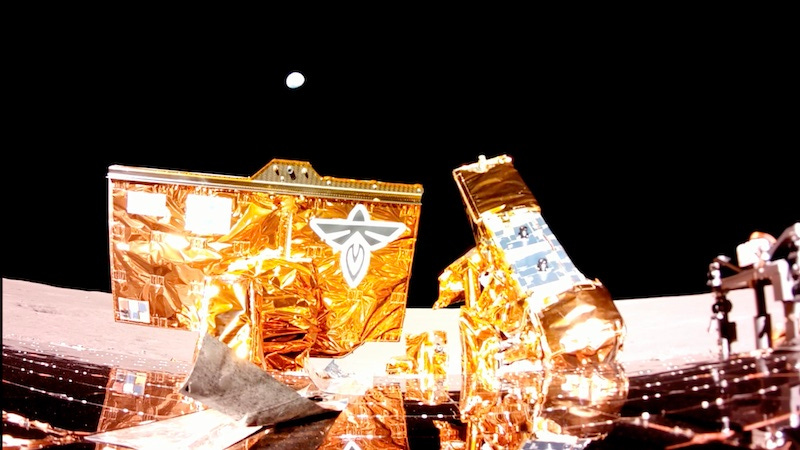Blue Ghost Continues its Lunar Science
Lander has Reached the Halfway Point of its One-Lunar-Day Mission
The Blue Ghost lander Firefly Aerospace placed on the surface of the Moon has reached the halfway point of its one-lunar-day ... or 14 Earth day ... mission.
“Our targeted landing site near the lunar South Pole is one of the most scientifically interesting, and geographically challenging locations, on the Moon.”
Nicky Fox, NASA
Over the weekend, the land…
Keep reading with a 7-day free trial
Subscribe to The Journal of Space Commerce to keep reading this post and get 7 days of free access to the full post archives.



